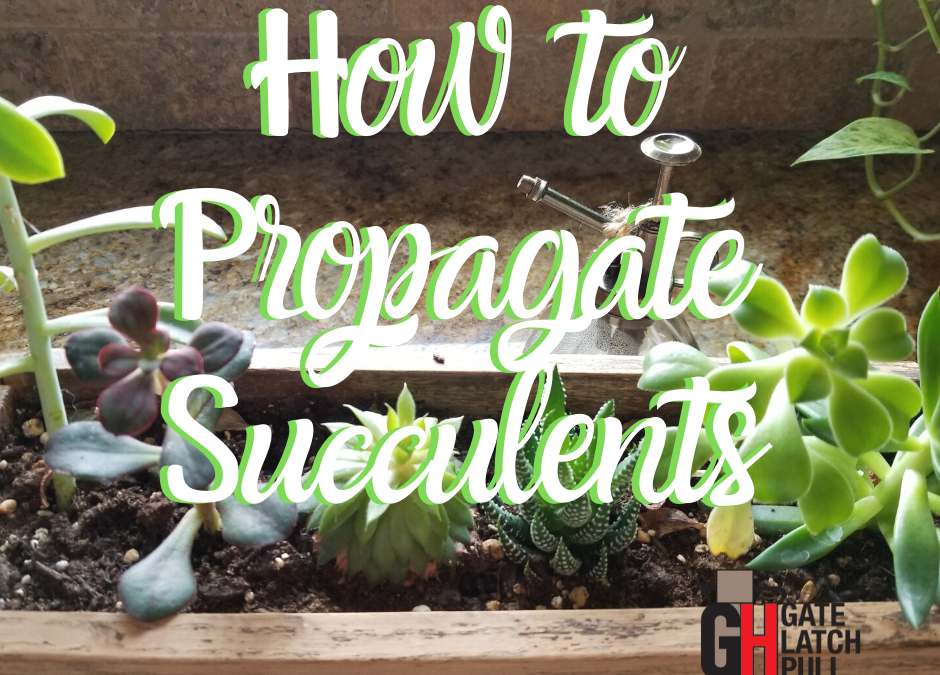Propagating Succulents have been a favorite among the gardening community. Caring for them can be tricky, involving some trial and error and figuring out the right watering schedule, but all in all, succulents make wonderful additions to any garden- inside or out.Succulents are wonderful for creating natural decorations, and if you know how to propagate them properly, you can expand your garden as much as you want!
By definition, succulent propagation is the process which grows new plants from a variety of sources: seeds, cuttings, and other plant parts. There are two methods of propagating; dividing and cutting
DIVIDING Succulents :
Succulents can be propagated by division in two ways: plantlet removal and root separation. Plantlet removal: Plantlets, or offsets (think of: little baby succulents), that have grown alongside a mother succulent.
Propagating succulent offsets is pretty simple because they are fully-rooted mini plants that can grow independently, so just be gentle when removing and re-potting.
Root Separation:
Root separation is a great option for mature and healthy succulents; after gently removing the plants from their pot or garden, separate the roots and divide the plant up into ‘clumps’, which will then be planted individually right away.
Keep in mind you’ll want to have the correct soil mixture handy if you’re planning on propagating; a cactus and succulent soil, and/or sand and pebbles, this is important for proper drainage.
For propagating outdoors, you’ll want to do so when the sun isn’t directly overhead, and make sure you depress the soil enough so that the sprawling roots have room. Gently cover the roots with about an inch of soil, and pat to secure the plant.
Whether you are propagating these plants indoors or out, make sure to wait a day to lightly water the soil around the newly planted succulents.
CUTTING Succulents:
The cutting method for propagating succulents also has two options: leaf removal and beheading. This method is relatively simple; by keeping a cut off leaf or stem completely dry and laying out on top of some dirt or burlap, it will eventually grow roots.
Removing the leaf can be done as easily and gently as twisting the leaf without tearing the plant. The waiting time for cuttings to grow roots is usually a few weeks, just be patient!
Leaf Removal:
This option is as simple as removing healthy leaves from a plant, and allowing them to lay out dry. Once they have started to grow roots, you can plant that rooted leaf, and you’ll start to grow a whole new plant!
Beheading:
This is a great option for when your plant is growing tall, or the the limbs are starting to hang due to the weight of the leaves/head. Leaving about an inch of stem, cut off the head of the plant using scissors. Follow the same steps from above: leave out dry and allow to grow roots. Fear not, if the remaining stem is healthy, it will grow new leaves!


Recent Comments
Original EZGT001 Gate Latch Pull In Black
Original EZGT001 Gate Latch Pull In Black
Original EZGT001 Gate Latch Pull In Black
Original EZGT001 Gate Latch Pull In Black
Original EZGT001 Gate Latch Pull In Black